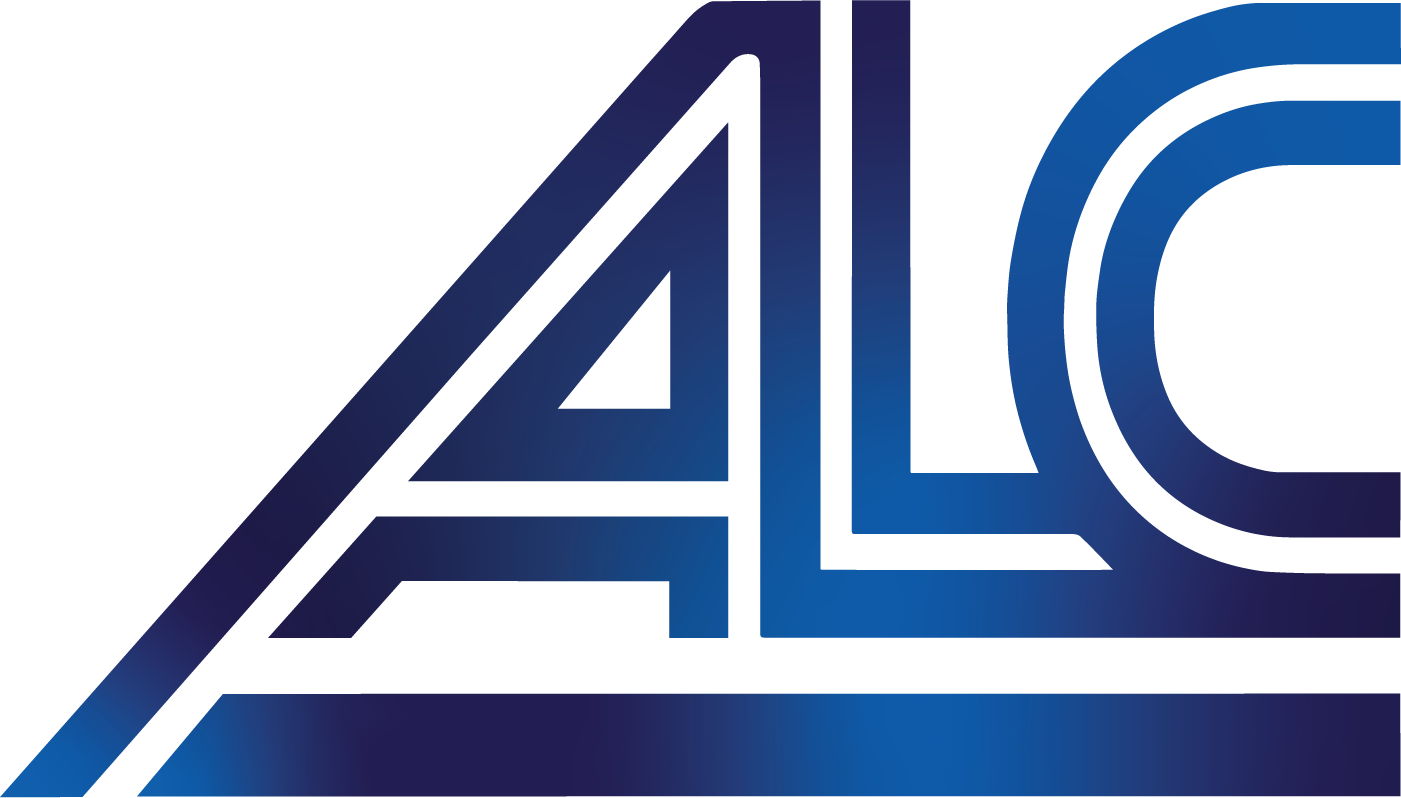Did the NCAA Just Break Up Collective-University NIL Coordination?
To coordinate or not to coordinate: That was the question.
Since the NCAA adopted policies green-lighting name, image, and likeness (NIL) income for student-athletes in 2021, brands, universities, and collectives have struggled to define how much interaction team officials and athlete sponsors can have without running afoul of collegiate sports rules.
This week, the NCAA seemingly offered an answer: NIL collectives and universities need to pump the breaks on coordinated efforts to woo athletes.
The Latest NCAA NIL Guidance
On Monday, February 27, the NCAA issued new email guidance to its member institutions regarding the relationship between academic institutions and the collectives created to support student-athletes (see below). Highlighting the “dynamic” NIL environment, the NCAA’s email reads: “[T]he NCAA’s current Interim NIL Policy, Division I Board of Directors NIL guidance, and NCAA rules prohibit an institution from compensating student-athletes for the use of their NIL.”
Nothing new, right? Except the email continues, “This prohibition also applies to entities acting on behalf of the institution.”
That should leave intra-institutional collectives sweating.
The Rise of NIL Collectives
Recently, there have been high-profile launches of what look like intra-institutional collectives, such as Yea Alabama, which calls itself “the official University of Alabama NIL entity,” and The 12th Man+ Fund, an organization within the 12th Man Foundation that creates NIL opportunities for Texas A&M athletes.
The NCAA guidance seemingly slammed the door on these entities by barring coordination between collectives and university officials. And that’s not the only clarification the governing body offered.
The guidance also states that institutions are prohibited from providing “institutional assets and resources (e.g., tickets to athletics events, priority access, and seating, personnel, sponsorship/advertising/promotional opportunities) to entities engaged in NIL transactions unless those assets are available to and on similar terms as other sponsors.”
Interestingly, the NCAA does not mention institutional intellectual property. That means that, as of now, collegiate departments can arguably continue facilitating the licensure of their names and logos through their IP rights holder (e.g., CLC, Fanatics) to bolster their athletes’ NIL deals.
It’s no surprise the NIL landscape is changing. We’re less than two years into this new approach to college sports, and state and federal authorities realize the need for uniform rules that maintain a level playing field for schools and athletes. Now more than ever, NIL collectives need operational and compliance tools to scale independently of athletic departments.

- By ALC





